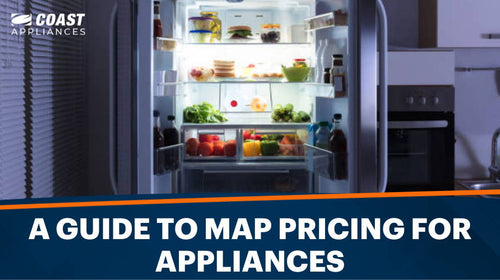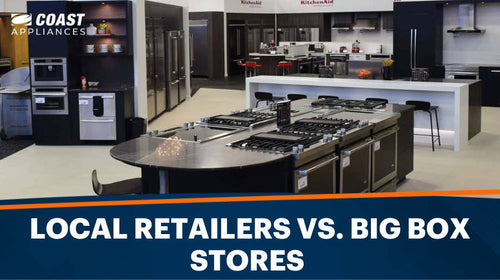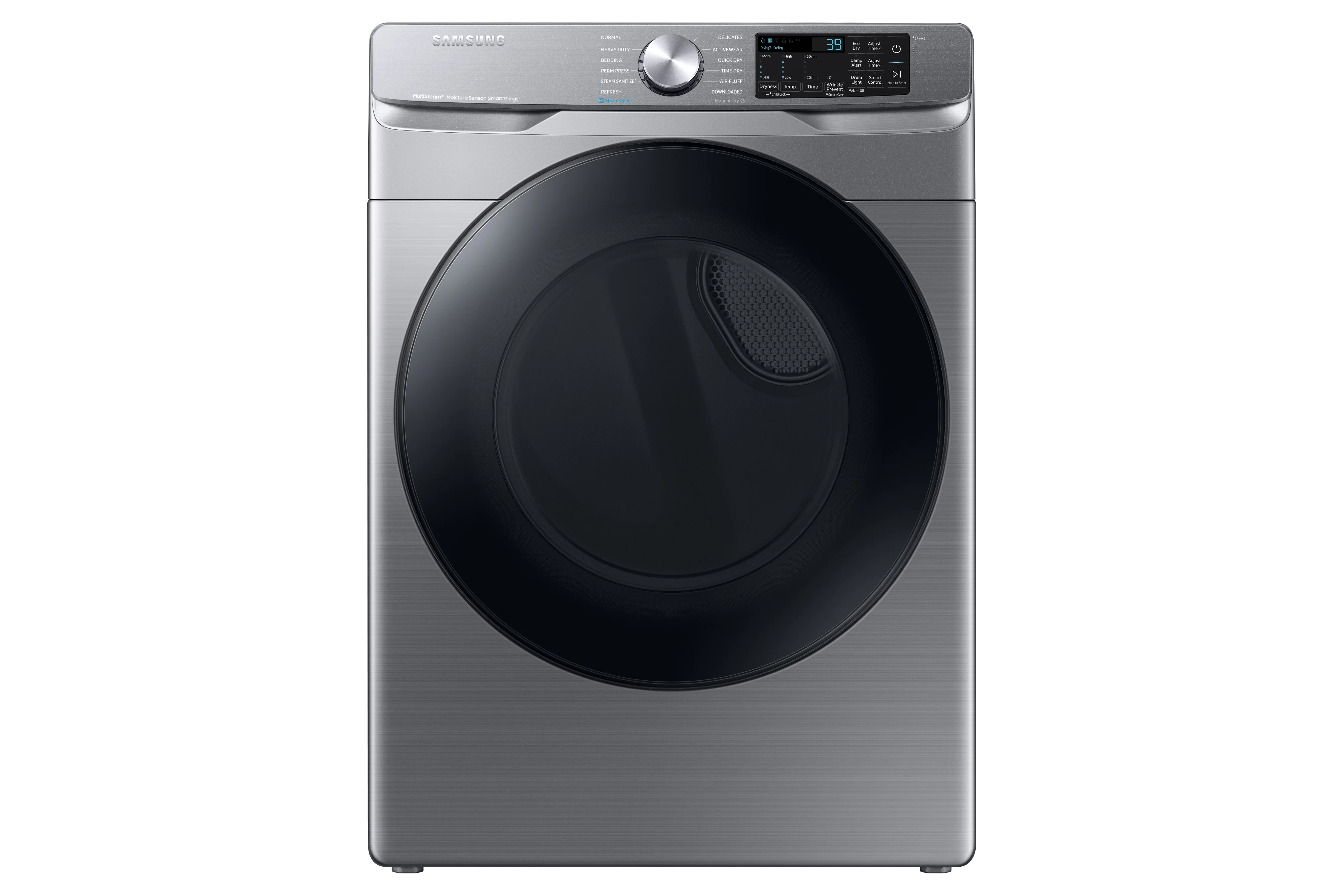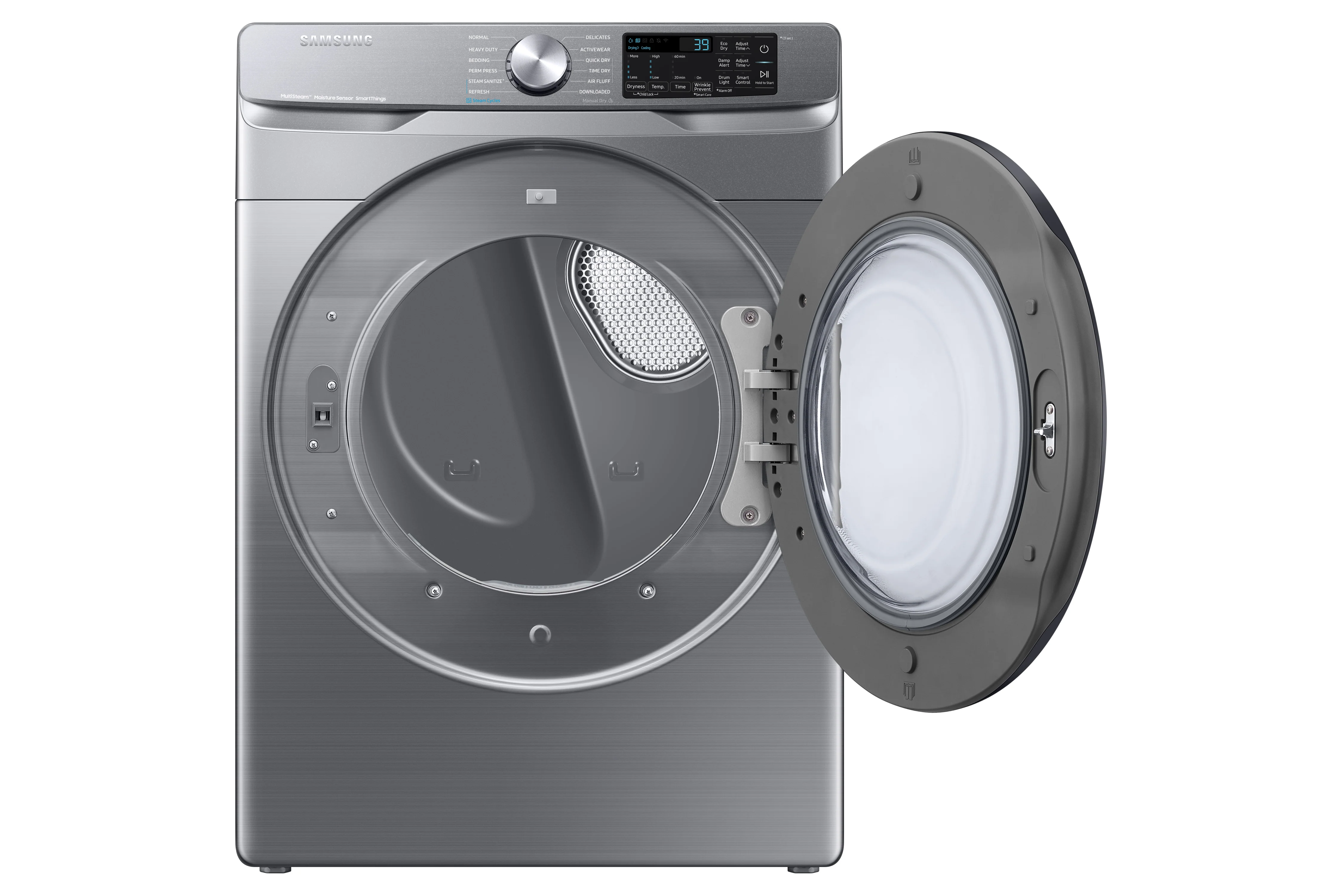Reheating food is a common practice that saves time in our busy lives. You just have to open your fridge, take out those tantalizing leftovers from yesterday’s feast, and microwave them, right? Wrong! Reheating isn’t just about zapping your food and calling it a day. It’s an art, a science, and yes, it involves carefully selecting the equipment. (If you’re in the market for top-notch cooking appliances, check out Coast Appliances – we’ve got your back!).
Let’s dive into the world of reheating with flair, making sure your meals come back to life safely and deliciously. In this article we’ll cover:
The Fundamentals of Reheating Food Safely
When we talk about reheating food correctly, we’re not just concerned about maintaining its delicious taste but also taking a stand against potential health risks. When food is improperly reheated, it’s like we’re rolling out the red carpet for harmful bacteria like Salmonella, E. coli, and Listeria to set up shop. These tiny troublemakers thrive in what’s called the “danger zone”, a temperature range between 40°F (4.4°C) and 140°F (60°C), where they multiply at an alarming rate.
These menacing microorganisms do not just cause food spoilage. Normal-tasting but improperly reheated food can lead to a range of foodborne diseases, from uncomfortable stomach upset to more serious conditions like vomiting, diarrhea, and even severe health complications.
The guidelines for safe reheating emphasize temperature: if the food is to be hot-held, reheating it to 165°F (74°C) is the gold standard, regardless of its initial cooking temperature. However, there are exceptions to this rule:
-
Ready-to-eat foods that have undergone commercial processing and packaging can be reheated to 135°F (57°C).
-
Unsliced portions of meat roasts can be reheated using the permitted time/temperature combinations for cooking roasts.
-
If you're serving food immediately, it can be reheated to any temperature.
Factors to Consider When Reheating Food
Reheating food isn’t a one-size-fits-all endeavor. The right equipment depends on a handful of key factors. These include:
-
Food Type: Different foods have different personalities, and they demand specific handling. Think about what you’re reheating. It will guide your equipment choice.
-
Quantity: Are you reheating a mountain of leftovers or just a small portion? Some appliances excel at handling larger amounts, while others are perfect for smaller portions.
-
Desired Texture: Crispy, tender, or somewhere in between? The texture you’re aiming for influences your equipment choice. Delicate foods like veggies might lean toward steamers, while meats might prefer an oven’s even embrace.
-
Speed: The hustle is real, and sometimes you need that meal on the table, pronto. Microwaves are the Usain Bolt of reheating, quick and efficient.
-
Moisture Retention: Nobody likes dry, uninspiring leftovers. If moisture is the name of the game, consider steamers or even the trusty microwave with a well-placed damp paper towel.
Reheating Equipment Options
When it comes to giving your leftovers a new lease on life, your choice of equipment can make all the difference. Let’s review your options:
The oven is a versatile tool for reheating larger quantities of food. It excels at providing even heating, making it suitable for various dishes. When reheating in the oven, set the temperature based on the food type. For meats, a lower temperature of around 250°F (120°C) can prevent overcooking, while bread and pastries benefit from a higher temperature of around 350°F (175°C) to restore crispness. Place a piece of aluminum foil over the food to prevent excessive moisture loss.
The microwave is the epitome of convenience when it comes to reheating food. It’s fast and efficient, but there are tricks to ensure your food reheats evenly. Use microwave-safe containers, cover the food with a microwave-safe lid or plastic wrap to trap moisture, and rotate the dish halfway through reheating to prevent cold spots. Adjust the power level to a medium setting to avoid overcooking the edges while leaving the center cold.
The cooktop can be an excellent choice for certain foods, like stir-fries or sautéed dishes. Using a skillet or saucepan lets you control the heat and maintain the desired texture. When reheating on the cooktop, consider simmering or sautéing to restore flavors without overcooking.
Steamers are ideal for reheating delicate foods like vegetables, rice, and fish. Steaming helps maintain moisture and nutrients, making it a healthier option. Simply place the food in the steamer basket and let the steam work its magic. Steaming not only reheats the food gently but also preserves its original quality.
The slow cooker is perfect for reheating stews, soups, and casseroles. Its low and slow heating method keeps flavors intact and prevents overcooking. Set the slow cooker to low heat, and allow the food to warm gradually. Stir occasionally to ensure even reheating.
Tips for Reheating Different Food Types
Food reheating isn’t a one-size-fits-all game; each dish has its own rules. Let’s uncover the secrets to reheating different types of foods, ensuring that every bite is as satisfying as the first:
Reheating Meat and Poultry
To maintain the tenderness of meat and poultry, avoid reheating them for extended periods. Use lower temperatures and add a splash of broth or sauce to prevent dryness. Covering the dish with a lid or foil will help trap moisture and keep the meat succulent.
Reheating Vegetables
Preserving the texture and nutrients of vegetables requires careful reheating. Steaming, sautéing, or roasting at lower temperatures are effective methods. For roasted vegetables, a quick stint in the oven at 300°F (150°C) can help them regain their original crispness.
Reheating Soups and Stews
Soups and stews should be reheated gently to prevent scorching. Place the pot over low to medium heat, and stir occasionally. Adjust the heat as needed to maintain a gentle simmer. Avoid rapid boiling, as it can lead to a loss of flavor and texture.
Reheating Baked Goods
Reheating baked goods can be a bit of an art. To maintain crispness, use the oven or toaster oven at a higher temperature for a shorter time. For softer baked goods, like bread and pastries, use a lower temperature and monitor them closely to prevent over-drying.
Food Safety Considerations
As we started earlier in this article, food safety should always be a priority when reheating. Follow these guidelines to ensure your meals are safe to consume:
-
Store with Purpose: As soon as you’re done feasting, tuck those leftovers into the refrigerator or freezer. This chilly environment puts a halt to bacterial parties before they even start.
-
Thaw with Care: Got frozen leftovers? Don’t leave them out on the countertop, tempting bacteria to join the thawing party. Instead, let them thaw safely in the refrigerator or give them a quick microwave nudge.
-
Avoid the Danger Zone: Bacteria might be tiny, but they’re resilient. Outsmart them by reheating your food to an internal temperature of 165°F (74°C).
-
Consume within 2 hours: While reheated food can be a joy, it shouldn’t turn into a marathon event. Consume reheated delights within two hours to thwart bacterial growth.
Avoiding Multiple Reheating Cycles
Reheating, cooling, and reheating again is a recipe for disaster. Over time, this cycle can lead to the gradual deterioration of the food’s taste, texture, and overall quality. For example, meats might become tougher, vegetables could lose their crispness, and flavors might become muted or altered.
Repeatedly reheating food can also compromise food safety. Consistently exposing food to temperature fluctuations without consuming it in between allows harmful bacteria to multiply and potentially produce toxins that can make you sick. By avoiding this cycle and reheating leftovers only once, you minimize the chances of bacterial growth and keep your food safe to eat.
Final Thoughts on Reheating Food
Selecting the perfect reheating equipment isn’t just about convenience; it’s a delicate balance between safety and quality. Whether you’re wielding an oven’s even embrace or harnessing the speed of a microwave, each method has unique strengths that can make your reheating journey a triumph. Remember to prioritize food safety by following proper storage, thawing, and reheating guidelines.
For those seeking reliable appliances that stand the test of time, look no further than Coast Appliances. Our array of cooking appliances opens up a world of possibilities, enhancing your kitchen endeavors and taking your love for food to new heights. Happy reheating!
What Equipment to Use to Reheat Food FAQs
Can you use hot handling equipment to reheat food?
No, using hot handling equipment like warming trays or heat lamps is not recommended for reheating food. These methods may not heat the food evenly and can lead to bacterial growth if the internal temperature doesn’t reach the safe zone.
What is the best way to reheat food safely?
The best way to reheat food safely is to use methods that heat the food evenly and reach a minimum internal temperature of 165°F (74°C). This temperature ensures that any harmful bacteria present in the food are killed.
What procedures should you do when reheating food?
Thaw frozen leftovers in the refrigerator or microwave, and reheat food to an internal temperature of 165°F (74°C). Consume reheated food within two hours of reheating.
How can I heat up food without a microwave or stove?
If you don’t have access to a microwave or stove, consider alternative methods like a toaster oven, slow cooker, or steamer. These appliances can effectively reheat food without compromising its quality.














